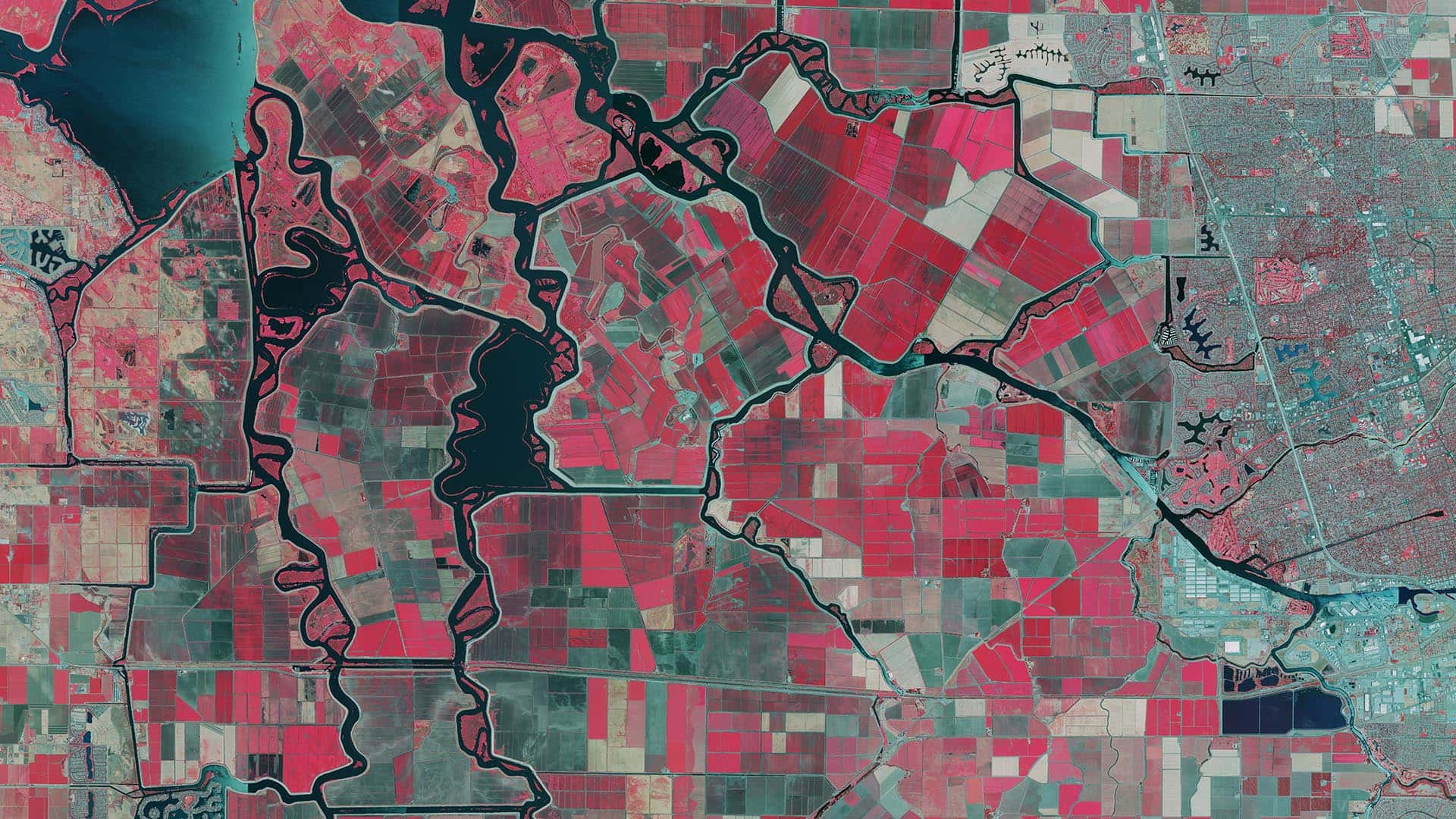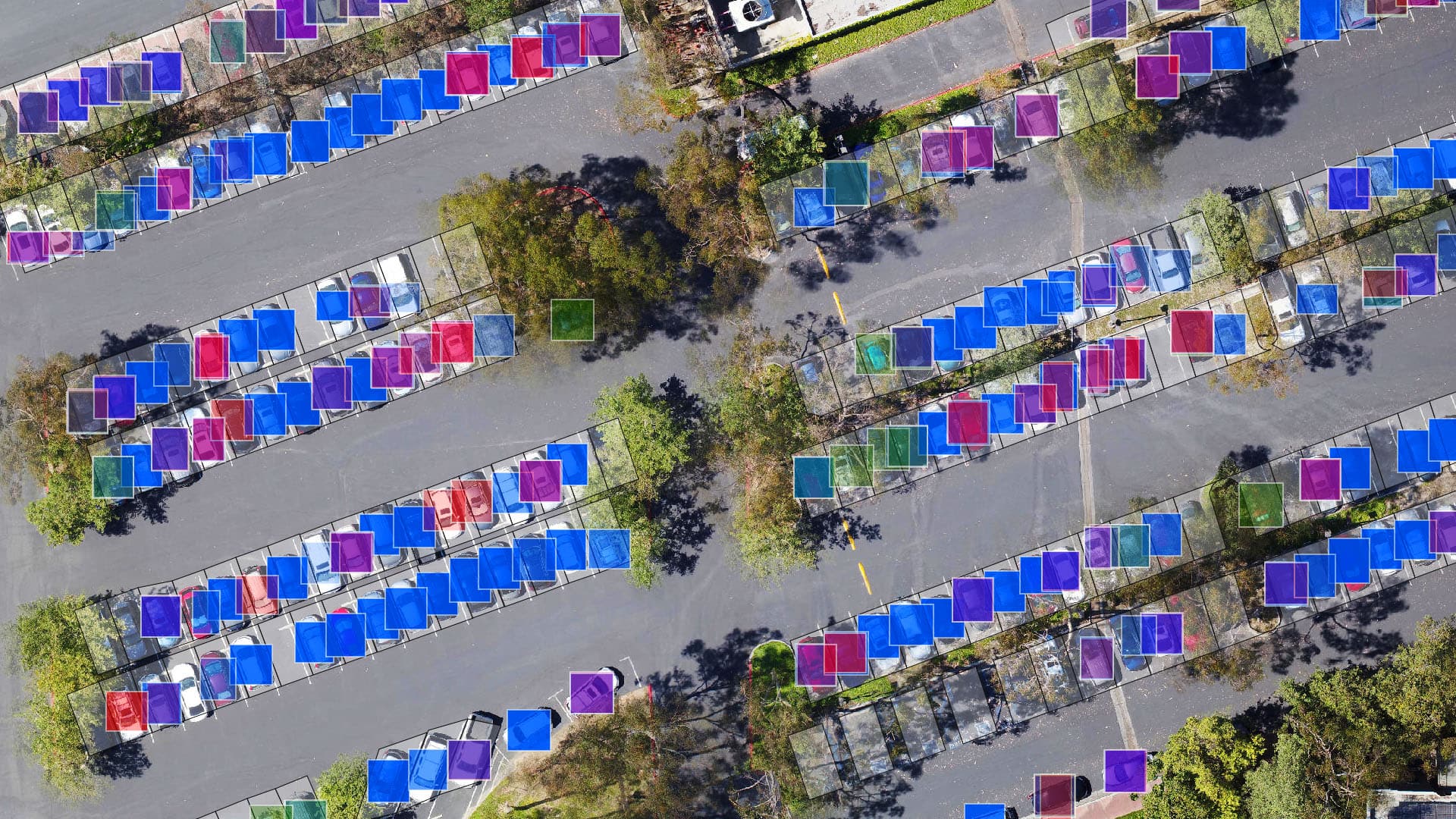A multiyear study by a Princeton computer scientist and business professors from NYU and the University of Pennsylvania has produced a map predicting how AI technology will affect the workforce across the United States.
According to the researchers, a company’s exposure to AI will vary depending on what business it’s in and where it operates. With the right tools, business leaders of law firms, steel plants, accounting offices, and quick-service restaurants can compare the study’s geographic outlook with their own operations to understand how AI might impact their business.
To create their AI exposure index, the researchers grouped AI capabilities into categories such as problem-solving, image recognition, language modeling, and game playing. They correlated those capabilities to several dozen human skills to determine how AI might impact certain occupations. Since those occupations are associated with particular industries, the researchers could map their prevalence in each US county—creating a geographic index of AI exposure.
AI Exposure and the Future of Work
Critically, the team did not assess whether AI technology would replace jobs or merely augment the skills of existing employees. But business leaders in areas and industries with high AI exposure can be reasonably confident that AI will play a role in future operations.
For business strategists, planning that integration will be crucial, and the study is rich with potential guidance. Now that the researchers have released their findings on GitHub, anyone who uses location technology can discover deeper insight in the data.
County by County, a Changing Map of Business
Deciphering location-based patterns and delivering predictions are core functions of geographic information system (GIS) technology. Working with a location analyst, a business executive can import the AI findings into GIS and see where existing or planned business locations overlap with areas of high AI exposure.
Those areas include the San Francisco Bay Area, Southern California coastal counties, and the entire “Acela corridor” connecting Boston and Washington, DC. But they also include counties far outside metropolitan areas. Wheeler County, Oregon, with the state’s smallest population, has the highest AI exposure for hundreds of miles in any direction. And California’s rustic Lassen and Sierra counties, near the Nevada border, are two of the state’s most highly exposed.
Those rankings stem from the mix of occupations in each area. According to the researchers, AI technology will have the greatest impact on occupations such as budget analysts, genetic counselors, procurement professionals, credit authorizers, and financial managers. Occupations with the lowest level of exposure include textile workers, steel workers, masons, and roofers.
Sifting Trends from Data
Fittingly, the AI that enhances modern GIS technology fuels techniques like hot spot analysis, which identifies trends hidden in location data. An executive with a map of business operations across the country—often called an operational basemap—can combine that with the study’s exposure findings to reveal a picture of the company’s AI future.
The researchers note that technological spillovers—when one company’s R&D efforts benefit others without their sharing the costs—often happen within a geographic area. AI spillovers could result from such factors as local transportation infrastructure and the number of research institutions in a region, and the phenomenon could heighten the AI exposure of certain regions, steering business leaders toward certain long-term planning decisions.
With the help of company-specific location data, AI exposure rankings are a starting point for any business to understand how AI might affect their operations.











